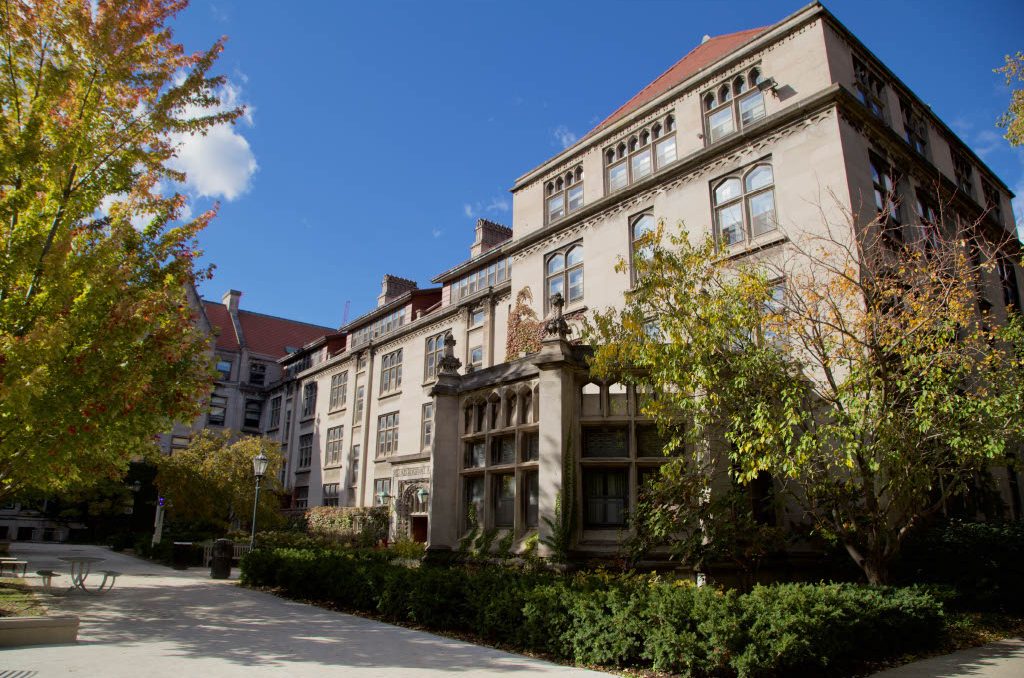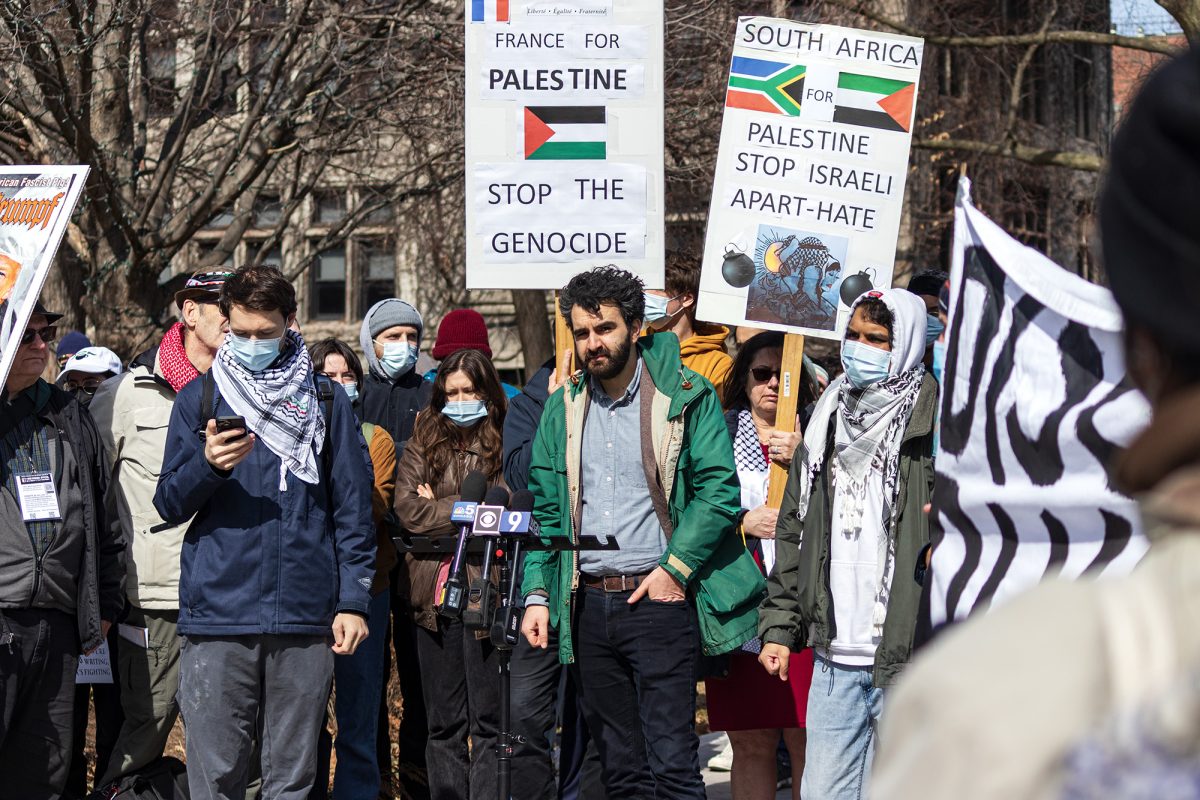With the release of the Diversity and Inclusion Initiative Plan, the University of Chicago Administration has demonstrated again how out of touch it is with the needs of marginalized students on this campus.
In an eight page report, they lay out an incredibly vague plan for addressing the abysmal state of diversity and inclusion on our campus. The first section of the document is a three-paragraph statement from President Robert J. Zimmer and Provost Daniel Diermeier that, unsurprisingly, mentions “free expression” and “open discourse” just as much as it mentions “diversity” and “inclusion.”
The statement reflects the ways in which the University’s unyielding commitment to free speech influences their understanding of what makes an inclusive space for people of “minority status”. The inclusion of marginalized students only becomes a priority of the University to ensure we can “fully participate in open discourse on campus and thus fully benefit from and contribute to the deeply enriching and challenging academic environment of the University of Chicago.” But in reality, sustained steps for inclusivity should be important because they would affirm our inherent worth as human beings, regardless of our race, gender, sexuality, socioeconomic status or religion. Furthermore, UChicago’s glorification of free speech also ignores how often those very principles are used to suppress the voices of marginalized students.
The infrastructure section addresses the issues of administrative leadership for the Center for the Study of Race, Politics, and Culture and the Center for Identity and Inclusion—developing specific plans for individual divisions, schools, departments, and units, creating a digital map of diversity and inclusion work on campus, and facilitating sustained communication between the Provost’s office and the rest of the campus community. However, none of these infrastructural plans explicitly indicate any student involvement in the creation, implementation, or evaluation of these projects. In order for these efforts to result in greater inclusivity, students must actually be included in every step of the process.
The inclusive climate section is the most frustrating section of the proposed plan. It begins with a section on “building skills,” which identifies teaching people how to communicate with one another. This is seen as the first step to addressing the climate survey results that revealed that students “reported negative daily interactions and not feeling valued by their peers.” I don’t believe the problem with racism and discrimination on campus is rooted in people not listening to one another. We know how to communicate our opinions and we definitely know how to argue—it’s practically all we are taught how to do here. The problem is that some people have racist and bigoted opinions that remain resistant to any kind of argument. The problem is that the University refuses to acknowledge, condemn, and dismantle the institutional systems that protect and encourage racism and discrimination on campus. The problem is that hate speech on campus is protected by the University’s fetish for “free expression.” The problem is that the University does not value our inherent humanity.
Significantly, the section highlights how the University fails to explicitly name the communities that are marginalized, attacked, and made to feel unwelcome on campus— women, people of color (particularly black students), queer and trans students, Muslim students, and low-income students. How does the University expect to make a difference in our experiences on this campus if they cannot even uplift our voices through the very platforms they claim advocate on our behalf— if we remain unidentified, homogenized, and nameless?
There are some strong aspects of the plan that are bound to create effective programs, particularly plans around faculty diversity. But, in my opinion, there is still so much missing. Firstly, no matter how many people of color we are able to funnel into pipeline programs and through Ph.D. programs, so long as the climate for people of color and other marginalized minorities on campus remains oppressive and isolating, those PoC will not remain at the University of Chicago. We need to directly address the concerns and demands of past and current students in order to alter the destructive campus climate. And, yet the most prominent thing missing from the plan at this point are student voices.
For decades, student groups have been trying to make their voices heard to the administration—demanding university cultural centers, diversification of the core curriculum, and increased funding for support programs and offices. And now, when the University finally claims to want to hear student voices, they continue to see the solutions we’ve crafted as illegitimate. We were told that we needed the Campus Climate Survey to prove our grievances, and now we’re being told to repeat the work and research that student groups like UChicago United have already done. Why does the University only afford selective validity to their own programs? I believe this hypocrisy highlights that the true intentions of this project are not to meet our needs or make our voices heard, but to keep us embedded in the fabric of the University, and thus within the University’s purview of control.
I want to be optimistic about the Diversity and Inclusion Initiative, because I really do want change to take place on campus. I hope that time, energy, and funding is put into this plan and leveraged to make positive, lasting change. But the institutional structures that create a debilitating campus climate need to be addressed in order for this kind of change to happen. Real diversity, inclusion, and equity will only be attainable once we are no longer seen simply as objects that enhance the prestige of the University, but rather as valued beings with inherent worth.
Qudsiyyah Shariyf is a third-year majoring in comparative human development studies.







